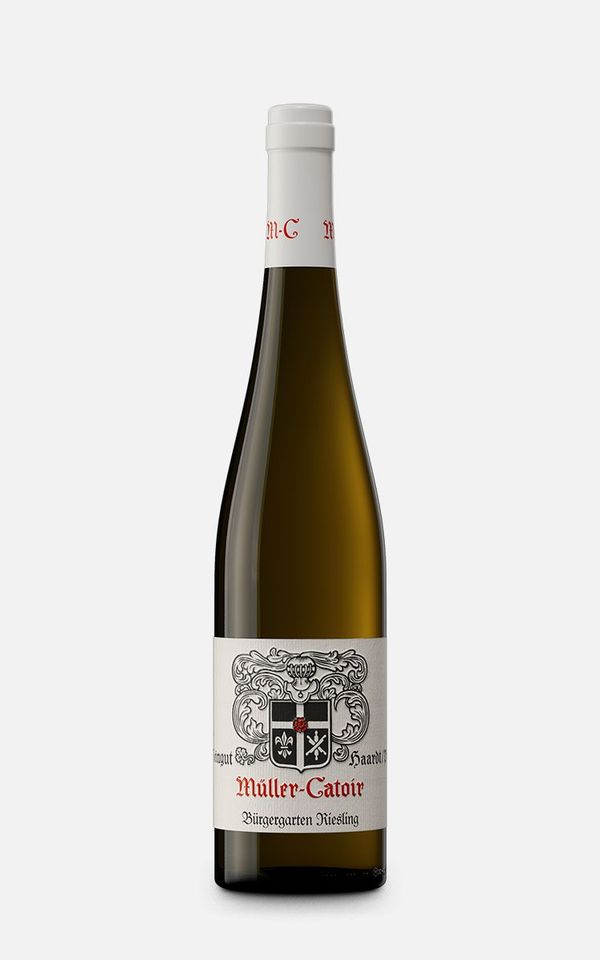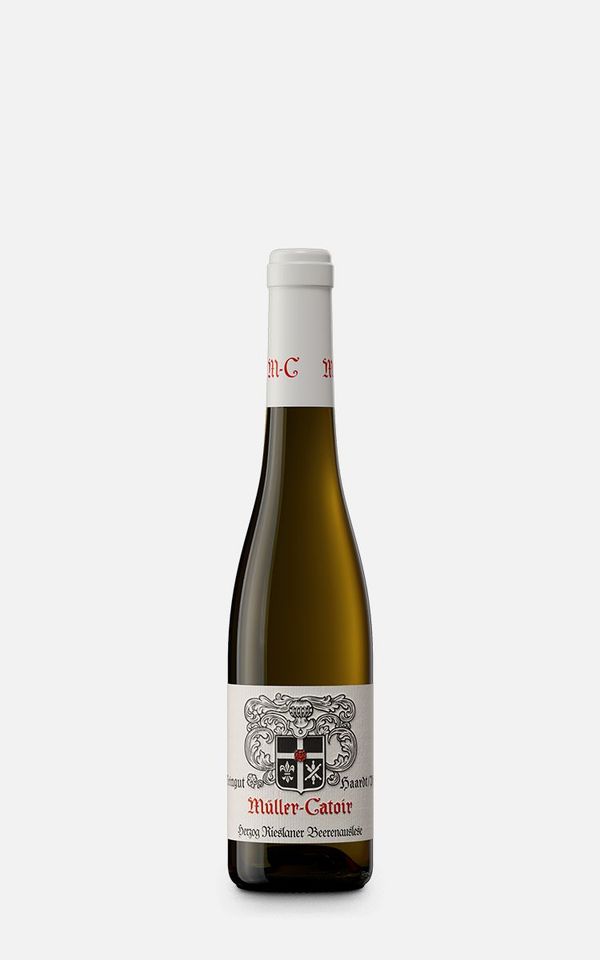The soil
Haardtsandstein
The light yellowish-beige to gray-white sedimentary rock can only be found in a few places along the Haardrand. At Haardt, its layers stack up to form a layer package over 80 meters thick. Massive, compact, hard sandstone banks are overlain by thin, soft sandstone layers. The main component of Haardt sandstone are quartz grains the size of sand grains. The most important secondary component is feldspar, which is partially converted into kaolinite. Mica is found in small quantities. The more or less rounded mineral grains are cemented together by a siliceous or clayey binder. Quartz cement (siliceous) is the binding agent of hard, porous, medium to coarse-grained sandstones. Clay is the binding agent of soft, fine- to medium-grained sandstones. In small amounts, limonite, an iron hydroxide, gives the stone its yellowish-beige color and brownish bands. When building Speyer Cathedral, the Salians used sandstone in the west facade. The well-known stone, mined in the Palatinate since the 19th century, was extremely popular for building magnificent buildings, villas and wineries.
- Data and facts
- Emergence: The Haardtsandstein dates back to 251-249 million years ago. The Palatinate was desert and lay near the equator. A desert landscape surrounded by mountain ranges, comparable to Central Australia and the Kalahari, covered almost all of Central Europe. Hot dry periods were punctuated by periodic floods. Mighty river systems transported huge amounts of sand and clay from the erosion of the French Massif Central, almost a thousand kilometers away, into the Palatinate Desert. Hard medium- and coarse-grained sandstones were deposited in deep channels of raging rivers during episodic flash floods. Soft, clay-rich sandstones formed in the shallow water of the floodplains and as wind deposits from sandstorms. Overlying layers of Buntsandstein, Muschelkalk and Keupers later solidified the sand deposits into sandstone.
30 to 20 million years ago, hot aqueous solutions rose along fissures and fissures on the edge of the trench. They infiltrated the sandstone in a narrow local area and modified its mineral content to form today's Haardtsandstone. The originally red sandstone was bleached. Red hematite (iron oxide) was transformed into yellowish limonite. Clay minerals and kaolinite formed from feldspar. The sandstone therefore differs in its minerality from the red sandstone of the Palatinate Forest. - Era: Triassic and Tertiary
- Age of origin: 251-249 million years in the Lower Buntsandstein period. Overprinting of the Haardtsandstein in the Oligocene/Miocene period 30-20 million years ago
- Composition: The sandy soil interspersed with pieces of sandstone is the product of Haardt sandstone weathering. The sandstone breaks down into fragments of all sizes and ultimately into the mineral grains quartz, feldspar, mica and clay. Depending on the nature of the sandstone and the degree of weathering, the soil is stony, sandy-stoney or fine sandy-clayey. Feldspar and clay minerals determine the limited supply of nutrients. They primarily provide the element silicon, but also aluminum, sodium, potassium and calcium. Dominated by quartz, the soil reaction is acidic to neutral. The soil is easy to root through and well ventilated. It has high water permeability. The scarce water is stored in the pores of the sandstone and in clay particles. In search of water and the limited nutrients, the vines root deeply. If sandstone rock hinders deep growth, the roots penetrate into cracks and crevices in the rock. Boulders in the subsoil and pieces of sandstone in the ground warm up quickly and create a favorable microclimate.
- Vineyards: Haardt, Bürgergarten, Herzog, Bürgergarten "Im Breumel"














